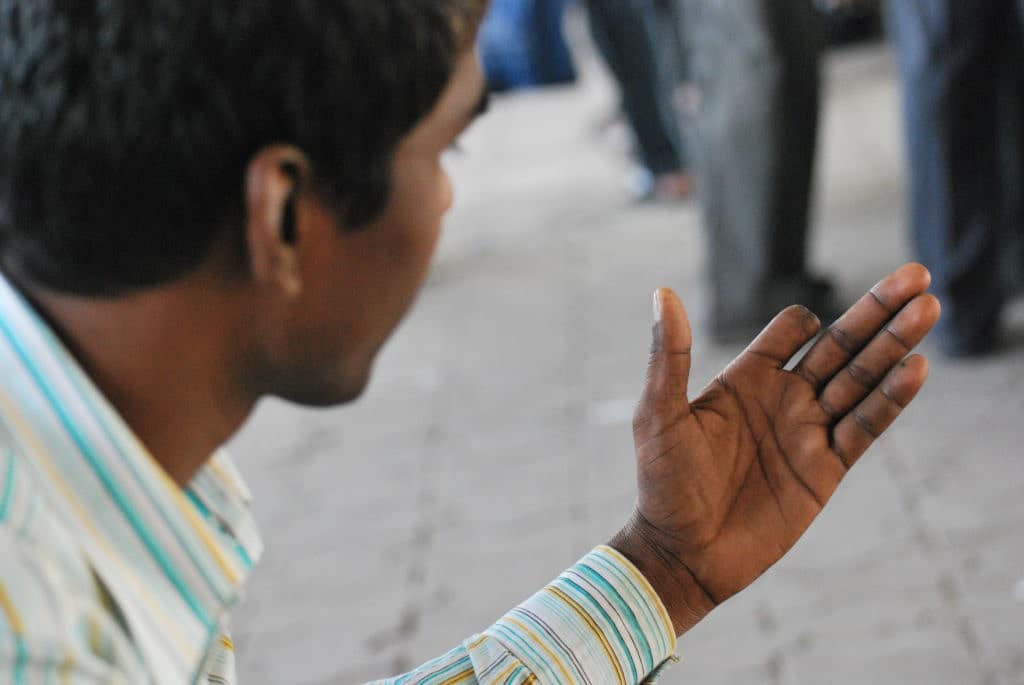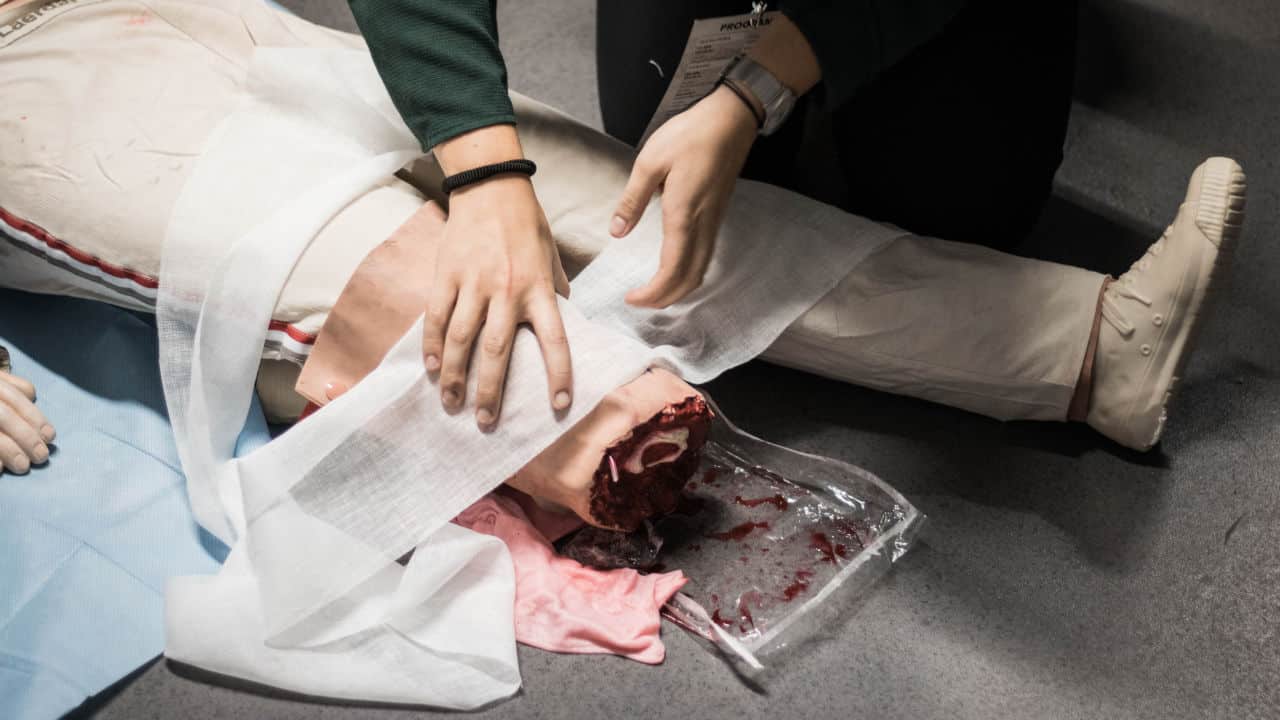To an individual who has been living his/her life with all the body parts functioning, amputation can come as an occurrence that will lead to depression, anxiety, and even social awkwardness. There is also the probability of experiencing excruciating pain for days, weeks, months, and even years in some cases due to Phantom Limb Pain (PLP), a common and devastating condition suffered by amputees. However, it can be more traumatizing if a victim discovers that his/her amputation could have been avoided had the right thing been done by a medical practitioner. In the case of wrongful amputation, a victim can proceed to court to seek justice and get a settlement for the damage caused.
Common Causes of Amputation
According to a limb loss statistics by the Amputee Coalition, it was estimated that there are close to 2 million people in the United States living with limb amputation. It was stated that from this population, 54% got amputated due to vascular diseases like diabetics and popliteal artery aneurysms, 45% from traumatic accidents, and less than 2% got amputated as a result of cancer.

Amputation can also be caused by negligence resulting in a car or workplace accident. The negligence can also be on the part of a medical practitioner charged with the responsibility of care to the victim.
In the case of an amputation caused by a medical practitioner, it is referred to as a wrongful amputation, and such a professional can be charged to court for medical malpractice.
Medical Malpractice Leading To Amputation
Medical practitioners are charged with the responsibility of producing the highest quality of care to their patients. However, these professionals can commit errors that can lead to less than quality care and cause more damage like an amputation.
Amputation medical malpractice by a medical professional can be caused by several factors, including failure to diagnose, misdiagnosis, wrongful site amputation, an infection caused by using contaminated surgical tools, confusing markings, etc.
Cases of Wrongful Amputation In the United States
Like every other personal injury or medical malpractice case, courts in the United States have seen and judged different cases of wrongful amputation. One of these cases is the case of Sanders v. New York City Transit Authority that ended with a $305,000 settlement awarded to the plaintiff for past medical expenses for amputation of his right leg below the knees and other injuries.
Another case is the case of Persin V. State, Department Of Public Safety. In this case, the plaintiff claimed that he underwent extremity amputations of both of his feet and all of his fingers. The settlement between Persin and the State and Dr. Paderes was set at $7.2 million.
Other cases include Kinzler V. Workers’compensation Appeal Board, Rustad-Link V. Providence Health And Services, Rives V. Vickie Center.
How To Use Trial Graphics In A Wrongful Amputation Case
Trial graphics has grown to be accepted in courts during trials. With trial graphics, a case of amputation can be illustrated right before the eyes of the jury.
For example, suppose an error in the surgical process results in an infection that later grew to amputate the infected part. In that case, trial animation can illustrate how the whole event played out, from showing the surgical process to demonstrating how the error led to an affection. Furthermore, it can illustrate the spread of the infection and even the amputation process.
In a case of wrong-site amputation, trial graphics can also show the wrong- site that was meant to be amputated. It can be used as a compare and contrast tool to show the error or medical malpractice.





